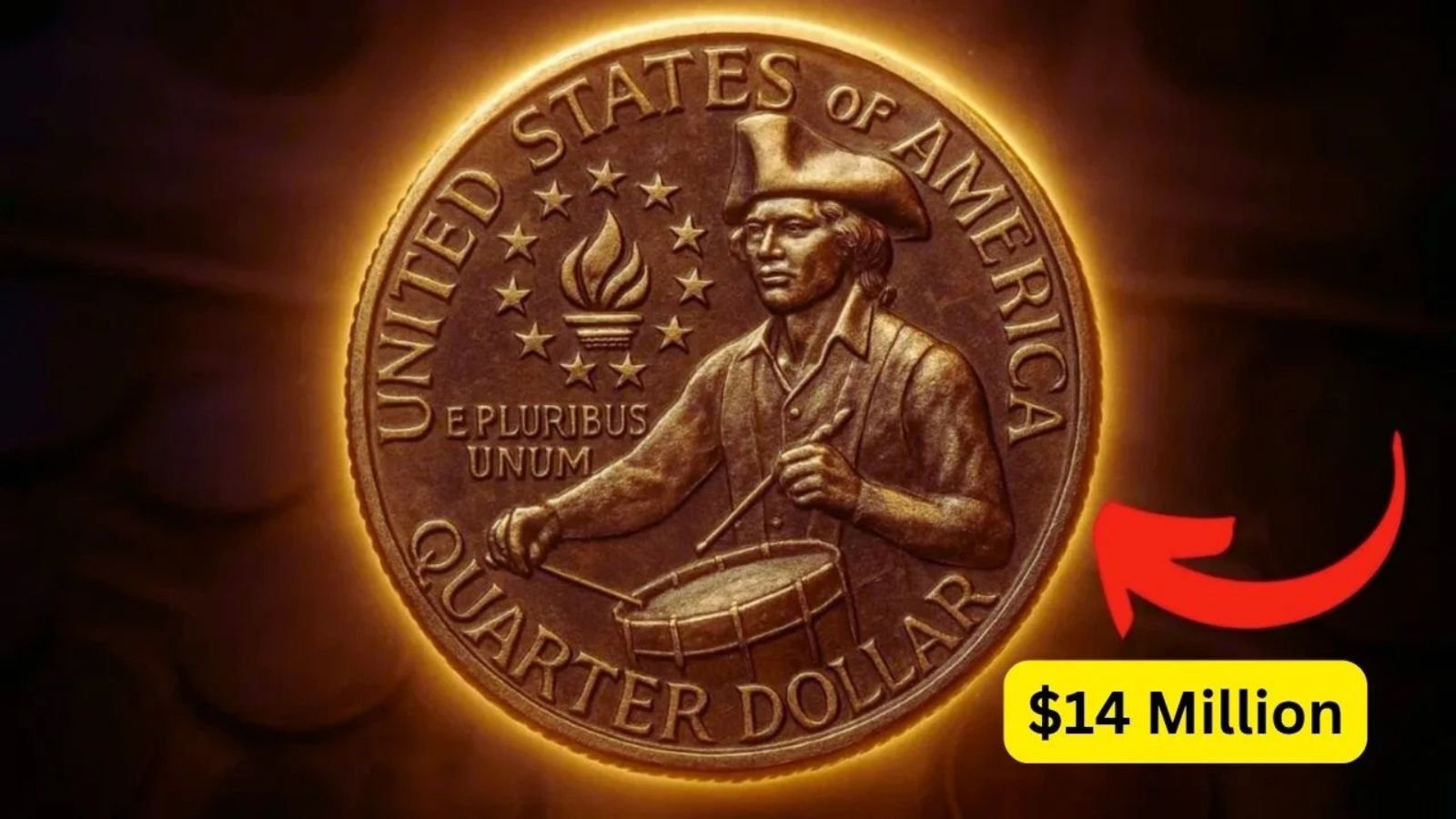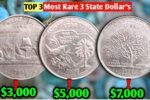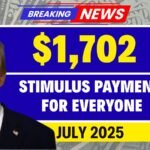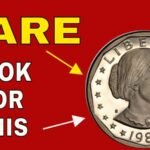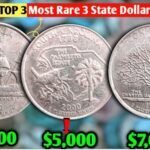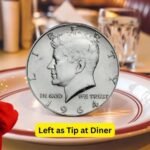Imagine grabbing a soda with spare change, only to find out that one of the coins you used was worth $14 million. It sounds like a movie plot, but it’s a real possibility—thanks to a rare version of the 1976 Rare Bicentennial Quarter. This seemingly ordinary coin, minted to commemorate 200 years of American independence, has captured the imagination of collectors and the general public alike.
While most Bicentennial Quarters are only worth face value, a tiny number possess minting errors, unique materials, or flawless condition that make them incredibly valuable. One such coin has reportedly fetched $14 million at auction, sparking a nationwide hunt. Could one be hiding in your wallet or coin jar right now?
Let’s dive into why this quarter is so special, how to spot one, and what steps to take if you think you’ve struck numismatic gold.
What Is the 1976 Rare Bicentennial Quarter?
In 1976, to celebrate the United States’ 200th anniversary, the U.S. Mint released a special series of coins with unique bicentennial designs, including the quarter. These quarters were produced between 1975 and 1976, but every single one carries the date “1776–1976”, marking America’s bicentennial year.
The reverse (tails) side features a colonial drummer boy, designed by Jack L. Ahr, alongside a torch surrounded by 13 stars, symbolizing the original colonies. This design made it stand out from the standard eagle-backed quarters.
More than 1.6 billion Rare Bicentennial Quarters were minted, most of which are worth just 25 cents. But among these are ultra-rare variations that collectors will pay millions for—if the right factors align.
Why Is This Rare Bicentennial Quarter Worth $14 Million?
Let’s be clear: not every Rare Bicentennial Quarter is worth a fortune. However, a rare combination of minting error, precious metal content, and perfect condition can drive the value of one of these coins sky-high.
Here are the key factors behind the $14 million valuation:
1. Struck on 40% Silver
Most quarters minted for circulation are made of a copper-nickel clad, but special collector’s editions—especially those minted at the San Francisco Mint (marked with an “S”)—were made of 40% silver. These coins were never intended for general circulation and were mostly sold in collector sets.
2. Rare Minting Errors
The rarest Bicentennial Quarters feature major minting flaws, such as:
- Double die obverse or reverse (doubled images or letters)
- Off-center strikes
- Wrong planchet errors (coin struck on the wrong metal blank)
- Missing design elements or incomplete strikes
The $14 million coin reportedly had a dramatic error, making it one-of-a-kind. These flaws, combined with historical significance, make such coins desirable to collectors.
3. Uncirculated or Proof Condition
The most valuable coins are those that are in mint or near-mint condition, often called uncirculated. Coins that have never been used in commerce or handled excessively retain sharp design details, luster, and no wear—boosting their grade and value.
The $14 million Bicentennial Quarter was not only rare in composition and error but also graded as being in perfect condition, likely by a top-tier grading service such as PCGS or NGC.
Rare Bicentennial Quarter: How to Spot a Valuable Rare Bicentennial Quarter
Even if you’re not a coin expert, spotting a potentially valuable Bicentennial Quarter is easier than you might think. Here are simple steps you can follow:
| Step | What to Check |
|---|---|
| Date | Ensure it reads “1776–1976” |
| Reverse Design | Look for the drummer boy and torch with 13 stars |
| Mint Mark | Look under Washington’s ponytail for “D” (Denver), “P” (Philadelphia), or “S” (San Francisco) |
| Edge | Hold the coin sideways; a silver edge could indicate 40% silver content |
| Weight | Use a gram scale. Silver versions weigh around 5.75 grams vs. 5.67 grams for regular |
| Errors | Use a magnifying glass to check for doubled letters, missing features, or off-center images |
The rarest coins usually come from the San Francisco Mint, especially those in proof sets or with silver content.
Rare Bicentennial Quarter: What Makes the $14 Million Quarter So Unique?
According to various reports, the $14 million Bicentennial Quarter sold at auction was:
- Struck on a 40% silver planchet
- Contained a double-die error on both sides
- Had an off-center strike
- Was graded MS-70 (a perfect score on the Sheldon coin grading scale)
- Had no signs of circulation, scratches, or wear
This combination of composition, error, condition, and rarity made it worth its record-breaking price tag.
Rare Bicentennial Quarter: What to Do If You Think You Have One
If you come across a Bicentennial Quarter that seems unusual, don’t rush to spend it. Instead, take the following steps:
1. Keep It Safe
Place the coin in a plastic coin holder, airtight case, or soft cloth pouch. Avoid touching it directly with your fingers to prevent oils or scratches from damaging the surface.
2. Weigh and Inspect
Use a digital gram scale to check its weight. If it’s heavier than standard quarters, it may be silver. Use a magnifying glass or coin loupe to check for visual errors.
3. Get It Graded
Send the coin to a professional grading service like:
- PCGS (Professional Coin Grading Service)
- NGC (Numismatic Guaranty Company)
These organizations will authenticate your coin, evaluate its condition, and assign it a grade—greatly affecting its value.
4. Research Auction Results
Look up similar coins on sites like Heritage Auctions, GreatCollections, or eBay (for comparison only). If your coin shares similar traits with high-value sales, you may be in luck.
5. Consult a Dealer
Reach out to a trusted coin dealer or numismatics expert to help determine the coin’s worth. Reputable dealers will offer a free evaluation or connect you with the right buyers.
Rare Bicentennial Quarter: Social Buzz and Collector Hype
In recent months, social media platforms like TikTok, YouTube, and Instagram have exploded with content about rare Bicentennial Quarters. Viral videos show people finding valuable coins in pocket change or inherited coin jars. As a result, both seasoned collectors and everyday people have started rechecking their old coins.
Some people have already sold Bicentennial Quarters for hundreds or thousands of dollars, even without the rarest errors. But the biggest jackpot remains the elusive $14 million coin—a true needle in the haystack.
Final Thoughts: Rare Bicentennial Quarter Check Your Change, It Could Be Life-Changing
The story of the $14 million Bicentennial Quarter isn’t just about a coin — it’s about unexpected value, historical significance, and the excitement of a potential windfall hiding in plain sight.
With millions of Bicentennial Quarters still in circulation and forgotten collections tucked away in drawers and jars, you could be just one lucky find away from discovering a coin worth more than your car—or even your house.
So, next time you receive change at a store or dig through old boxes, take a closer look at those quarters. If you find one with the right date, design, and possible errors, don’t ignore it. You could be holding a piece of American history worth millions.
Some Important Link
| Download News APP | Click Here |
| WhatsApp Group | Click Here |
| Home Page | Click Here |
